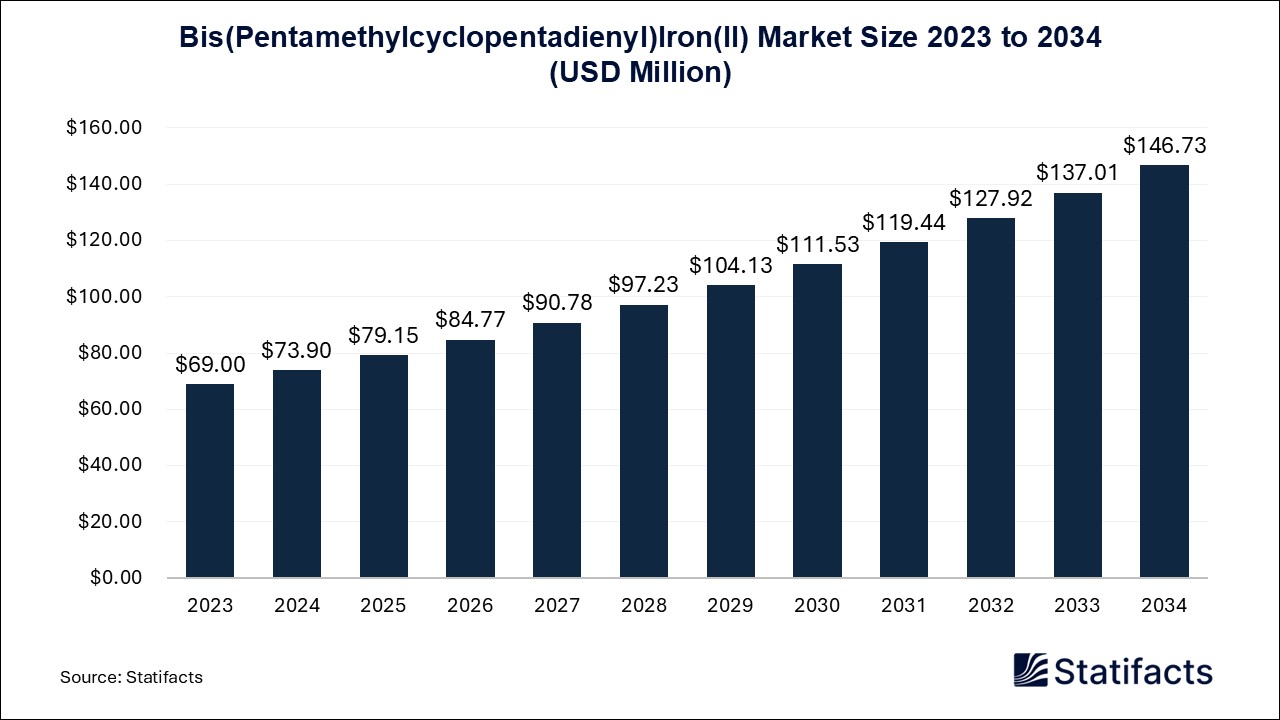

Our customers work more efficiently and benefit from
The global life science analytics market size surpassed USD 11,040 million in 2024 and is predicted to reach around USD 24,960 million by 2034, registering a CAGR of 8.5% from 2025 to 2034.
| Industry Worth | Details |
| Market Size in 2025 | USD 11,980 Million |
| Market Size by 2034 | USD 24,960 Million |
| Market Growth Rate from 2025 to 2034 | CAGR of 8.5% |
Life science analytics is the utilization of data analysis and interpretation techniques to understand challenges and improve results in the life sciences sectors that comprise biotechnology, pharmaceuticals, and healthcare. These analytical practices are used for the early detection of treatment patterns by developing customized therapies, analyzing the firm revenues, and occupying operational excellence in the patient’s journey.
The growing influence of digitized medical data, the rise of the internet, and a growing network of researchers, physicians, and other medical healthcare workers. This rising demand for analytics and processing of patient data is one of the major causes for the growth of the life science analytics market. The growing need for analytics in the pharmaceutical and biomedical sectors is generating rising interest in investors. Furthermore, tools and technology and the rise of the data sciences industry have successfully proven to be powerful enablers. As patient-centricity becomes the medical system’s new focus, the demand to capture personalized health data becomes essential. Analytics assists in various aspects of the life sciences, right from clinical trials collaborating with the world of evidence-based medicine (EBM). Patients themselves want to make more cultured decisions and want to be participants in the decision-making procedures on how their health is going to be governed.
Technological advancements in AI, mainly in machine learning algorithms and natural language processing, are considered a primary driver that helps the analysis of vast and complex datasets in life sciences. The growing volume and diversity of healthcare data, which includes genomics, patient records, and clinical trial information, require advanced analytics tools powered by AI to derive actionable insights. The growing need for personalized medicine, along with the demand for faster and more structured drug discovery and development processes, boosts life science analytics.
The growing investment of Pharma & biotech firms in the R&D of drug therapy items is anticipated to primarily spur the life science analytics market growth worldwide. Further, the increasing adoption of novel software technologies for tackling complex data, such as revenue tracking of commercial items, is majorly leading to market growth. Moreover, the installation of cloud infrastructure assists in displaying real-time data of drugs under development and leads to the market entry of these products and services.
The operation of an analytical tool aids organizations by speeding their research and development process, assisting in the reduction of the expenses and time spent on the drug discovery process. In commercial analytics, this platform helps organizations in navigating the complexity of key performance indicators (KPIs) and the expense of ownership. This permits commercial teams to raise across portfolios and build a brand-new revenue-generating strategy. As these analytical solutions are exceptionally essential and play an important role in turning up the wheels of the business, there has been a substantial growth in the need for these solutions and platforms, ensuring high implementation expenses.
Growing investments from pharmaceutical firms and government efforts supporting AI research and development are boosting growth in the life science analytics market. AI's capabilities in streamlining clinical trials, upgrading supply chain management, and improving decision-making processes are further speeding up its adoption within the life sciences sectors. Life sciences industries aim to improve health through leading-edge medical solutions, including drug development, critical disorder treatments, and minimally invasive surgical apparatus to enhance patient results and recovery times. Firms are actively developing AI innovation in this industry.
From efficient clinical trials to proceeding precision medicine, analytics is making the future of healthcare. The life sciences industry utilizes advanced computational tools, machine learning (ML), and artificial intelligence (AI) to make sense of huge amounts of structured and unstructured data. These insights boost better decision-making, enhance operational efficiency, and scale up research and development (R&D) efforts. Advanced analytics offers a clearer picture by understanding consumer behavior, treatment outlook, and market trends. Businesses can upgrade pricing strategies, allot resources more efficiently, and defend profit margins with data-backed insights by dividing target audiences based on healthcare demands rather than demographics. Data analytics assists researchers in decoding complex genetic data, making detecting patterns and correlations between specific genes and medical conditions easier. Large-scale genomic analysis helps scientists discover disease risks, predict treatment responses, and customize medical interventions.
Published by Sanket Gokhale , March 2025
By Component Type
By Delivery Model
For any questions about this dataset or to discuss customization options, please write to us at sales@statifacts.com
| Stats ID: | 8088 |
| Format: | Databook |
| Published: | March 2025 |
| Delivery: | Immediate |
| Price | US$ 1550 |





| Stats ID: | 8088 |
| Format: | Databook |
| Published: | March 2025 |
| Delivery: | Immediate |
| Price | US$ 1550 |

You will receive an email from our Business Development Manager. Please be sure to check your SPAM/JUNK folder too.

Unlock unlimited access to all exclusive market research reports, empowering your business.
Get industry insights at the most affordable plan
Stay ahead of the competition with comprehensive, actionable intelligence at your fingertips!
Learn More Download
Download
